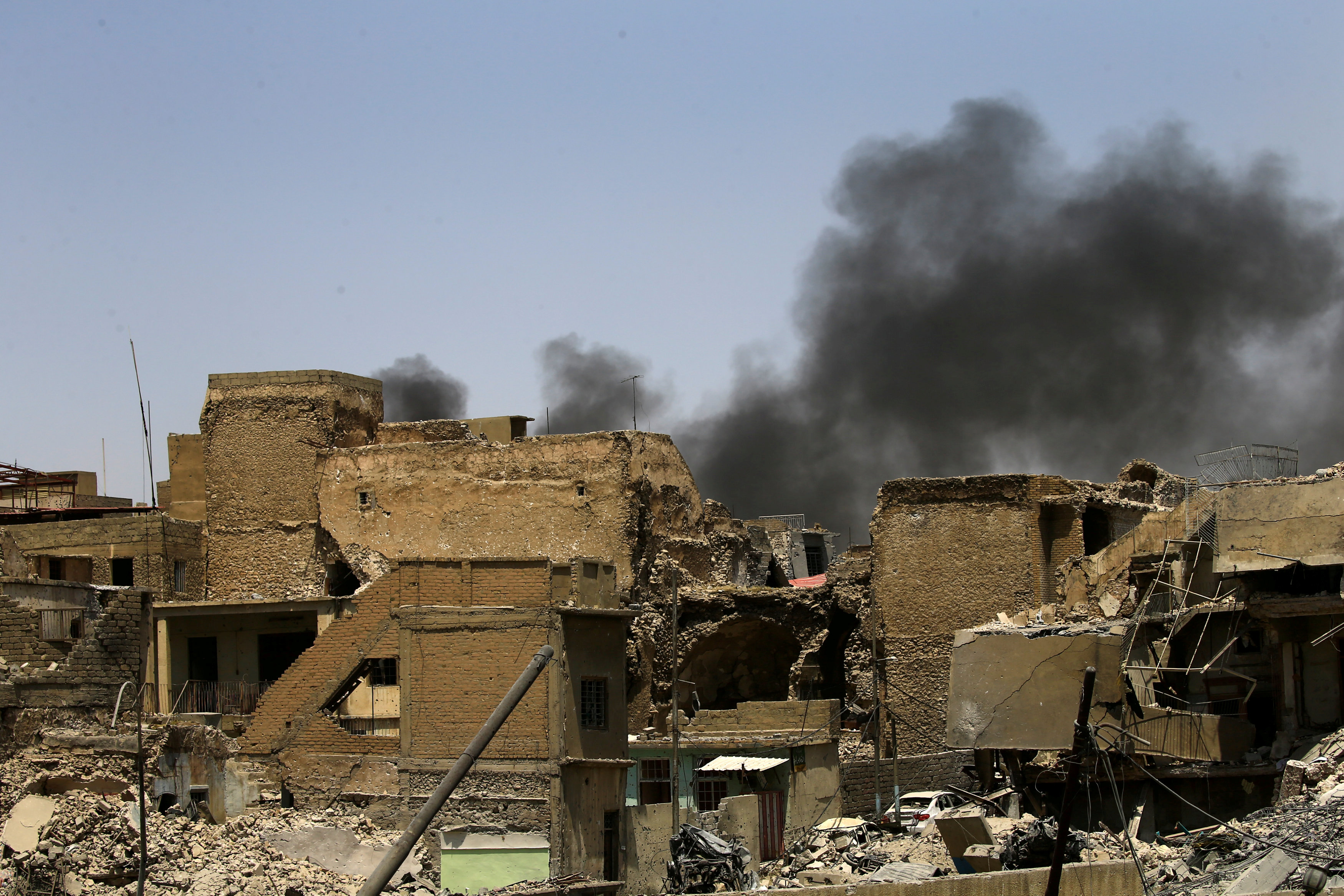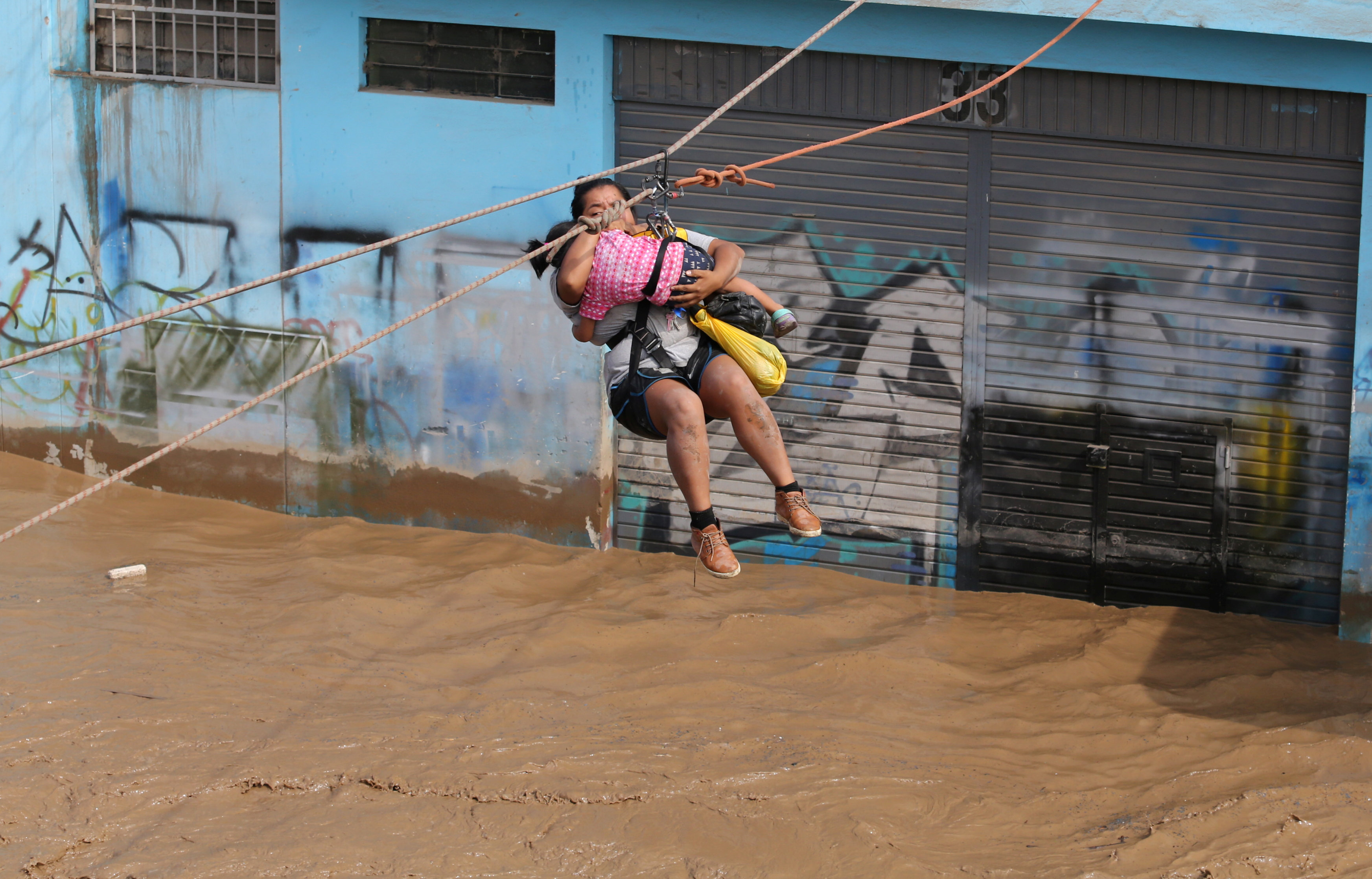
By Tom Miles and Stephanie Nebehay
GENEVA (Reuters) – Agreements to de-escalate the fighting in Syria could simplify the conflict and help to stabilise the country, but such accords must be an interim measure and avoid partition, U.N. envoy Staffan de Mistura told a news conference on Monday.
Speaking at the start of five days of peace talks in Geneva, de Mistura said discussions were being held in Amman to monitor implementation of a ceasefire for southwest Syria brokered by the United States and Russia, the first peacemaking effort of the war by the U.S. government under President Donald Trump.
“When two superpowers … agree fundamentally at that level in trying to make that ceasefire work, there is a strong chance that that will take place,” he said. So far, the agreement that went into force mid-day on Sunday was broadly holding, he added.
He also struck a positive note on ceasefire talks in the Kazakh capital Astana last week, which failed to agree on a monitoring mechanism for a Russian-Iranian-Turkish de-escalation deal but produced a lot of work “in the right direction”.
U.S. Secretary of State Rex Tillerson was in Turkey discussing a particular problem area on Monday, the rebel-held town of Idlib in Syria, de Mistura said, adding that it was a deal that “could almost have been announced”.
The world was perhaps witnessing the simplifying phase of the most complex conflict of our time, the veteran mediator said, adding that de-escalation of the war must be an interim phase and not undermine Syria’s territorial integrity. It should lead rapidly to a stabilisation phase, he said.
“This could become very much a priority anyway just after the liberation of Raqqa,” de Mistura said, referring to the Islamic State stronghold in northeastern Syria.
Asked if the war was ending after almost six and a half years and hundreds of thousands of deaths, de Mistura said several stars were aligning – on the ground, regionally and internationally.
“In that sense … there is a higher potential than we are seeing in the past for progress.”
De Mistura said he was not expecting breakthroughs in this week’s talks, but he had had a working lunch with the heads of the three rival opposition delegations, and he hoped that they could work together more.
In six rounds of talks since early 2016, the fractured opposition has never united in one delegation, meaning that de Mistura cannot hold face-to-face talks between the Syrian government and a single, united opposition delegation.
(Reporting by Tom Miles and Stephanie Nebehay, editing by Larry King)












